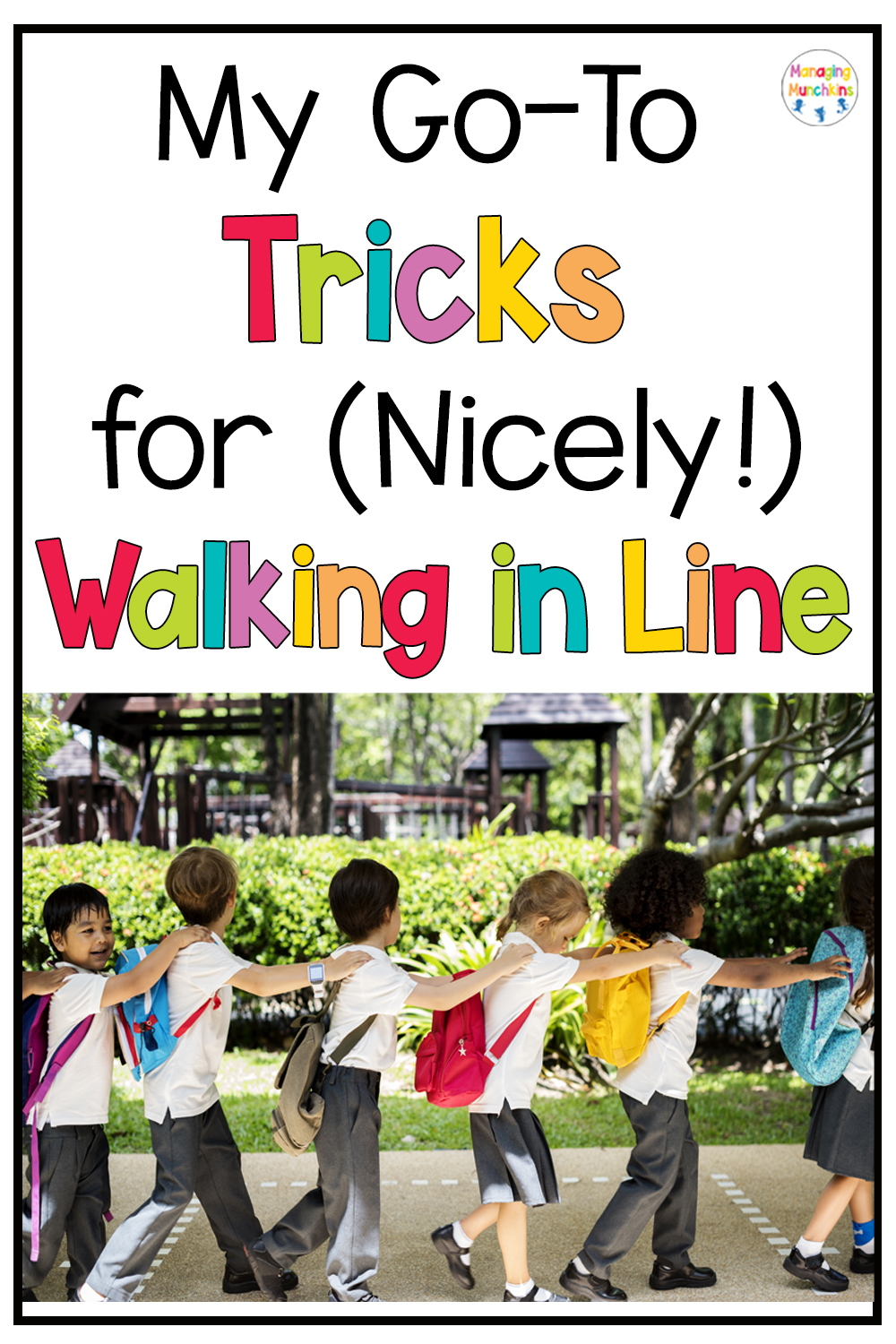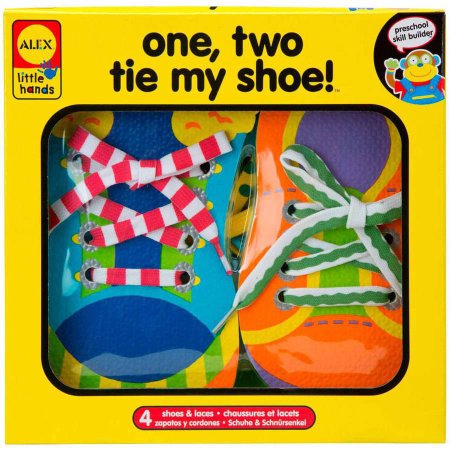My Go-To Tricks for (Nicely!) Walking in Line
Getting students to walk in a straight line through the hallway can sometimes feel like herding cats, but with a few positive strategies, you can turn this routine task into something fun and manageable. The key is to shift from frustration and control to using positive reinforcement and creativity to encourage the behavior you want to see. Here’s how you can do just that and soon your students will be nicely walking in line!
My Go- To Tricks for (Nicely!) Walking In Line

Make It Fun, Not Frustrating
Instead of constantly reminding students to “turn down your voice” or “walk in line,” you can “trick” them into walking nicely by making it into a game. They’ll have fun, and you’ll avoid raising your voice. No need to get upset—just set the scene, and the rest will follow.
Step One: Model the Behavior
Before even telling your students to line up, you need to model exactly what walking in line looks like. This may sound basic, but it’s crucial. Show them where to stand, how to use “walking feet” instead of running, and how to position themselves behind the person in front of them. I like to use simple phrases like “popsicle sticks” for hands by the side and “zip your lips” to remind them to stay quiet.
A tip that makes a big difference: dismiss students a few at a time. If you try to line up the whole class at once, chaos can ensue. Something as simple as “if you’re wearing red, go line up” helps keep things organized. Once they’re in line, show them how to stay behind the person in front of them. I often say, “Don’t break the choo-choo train!” It makes it fun and encourages them to stay in line.
Step Two: Positive Reinforcement
The second key is using positive reinforcement to encourage and maintain good behavior. There are three effective ways to use this approach:
1. Verbal Affirmation
Simple verbal praise can work wonders. When you see a student walking nicely in line, point it out: “Wow, look at Angela! She’s walking with her hands by her side and staying right behind her friend!” Be specific about what they’re doing right, and the rest of the class will naturally start to mimic that behavior. By focusing on the positive, you’re reinforcing the behavior you want to see, and the students will be eager to follow suit.
2. Pretend Play
One of my favorite strategies is using pretend play. The idea is to make walking in line feel like a game. Here are a few examples:
- Sneaky Walking: Tell your students they need to sneak down the hallway without any teachers noticing. Add some fun by saying, “Put on your secret detective glasses and your quiet shoes.” This transforms the routine into an adventure.
- The Bubblegum Game: Pretend to throw them a piece of bubblegum, have them chew it, and blow a huge bubble. The goal is to see who can “hold” their bubble all the way down the hallway. As you walk, praise those who are doing a great job, saying things like, “Wow, look at Xander’s bubble! He’s going to win!”
- Holiday Themes: Around special times of the year, adjust the game to fit the season. For example, during Christmas, tell your students to walk like sneaky elves.
These little tricks turn a mundane task into something students look forward to.
3. Behavior Management Systems
Finally, you can rely on your established behavior management systems to reinforce good hallway behavior. Whether it’s a whole-group system like a cookie jar that earns the class a party, or an individual system where students earn pieces of a rainbow, rewarding good behavior goes a long way.
For example, you might say, “If we walk nicely for the next three days, I’ll put a cookie in the jar, and when it’s full, we’ll have a party.” Over time, students will start to walk in line without needing constant reminders, and you can raise the bar to expect even better behavior.
Recap: A Two-Step Approach to Better Hallway Behavior
To summarize, the best way to get your students to walk nicely in line involves two key steps:
- Model the behavior you want to see. Physically show them how to walk in line, where to stand, and what their body language should look like.
- Use positive reinforcement to encourage and reward that behavior. Whether through verbal praise, pretend play, or behavior management systems, reinforcing the good makes all the difference.
And that’s it! If you’re interested in learning more about common mistakes teachers make, especially in the first year, check out my video, What No One Told Me About Being a New Elementary Teacher.
Until next time, happy teaching!






